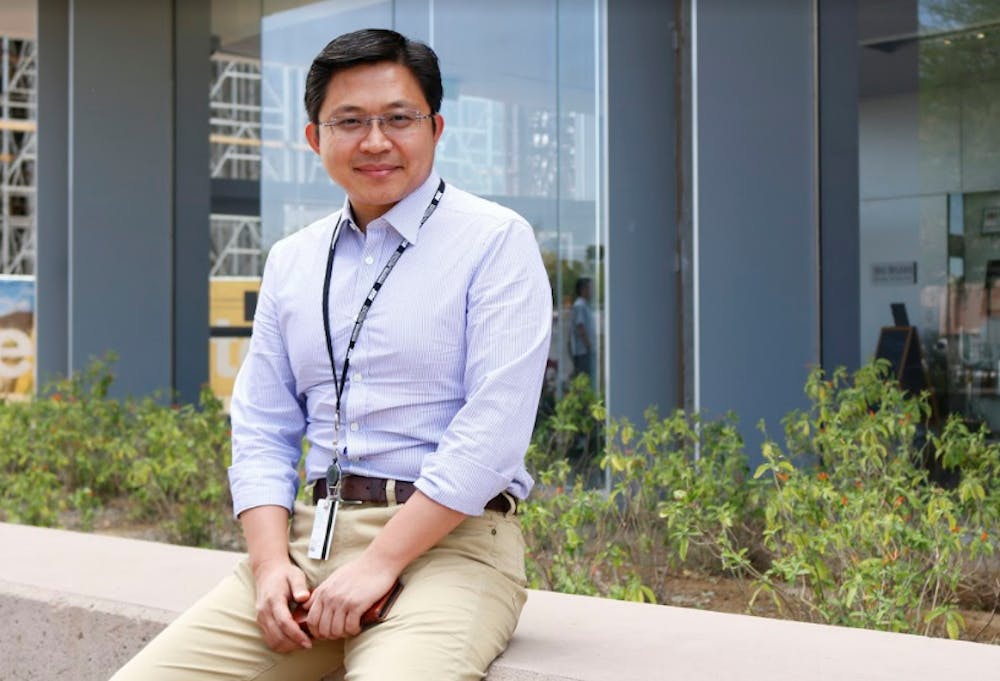Tuberculosis, or what those in the field call "The Captain of All These Men of Death" will face a new challenge as an ASU research team reveals their new identification test for active tuberculosis.
Tony Hu, the principal investigator for the project, said the said the test is faster and more accurate than any before as it only takes half a day to produce results and can detect the infection in patients typically undiagnosable by standard methods.
“The current gold standard for TB tests is a bacterial culture … and you have to wait four to eight weeks to get the final result,” Hu said. “We focus on capturing the direct evidence from the blood.”
While TB is not prevalent in the U.S., Hu said there is a large market for employee screenings here, to which he intends to market.
“Of course, in developing countries, like India and China, they have a huge percentile of population infected with TB,” Hu said. “About 5 to 10 percent of them will convert to the active disease, so there’s a lot of need.”
In order to increase accessibility, Hu said he plans to make the test more portable.
“That way we can serve more people in resource-limited areas,” Hu said.
He said the World Health Organization’s initiative to end the worldwide tuberculosis epidemic by 2030 partly inspired him to conduct this research.
Daniel Epstein, a communications officer for WHO, said the faster identification test should prove to be really helpful to the Organization.
“Early and quick identification of tuberculosis is one of the essentials for combating the epidemic,” Epstein said. “It helps us with ground-level implementation.”
He said the new developments, like Hu’s test and greater collaboration between nations, prompted the organization’s ambitious goal.
“Even though it is one of the top-10 causes of death worldwide, and it affects 10 million people a year, it is a problem we can deal with,” Epstein said.
Since 2000, WHO has saved 49 million lives through effective diagnosis and treatment, Epstein said.
“More effective testing, more effective treatment, more effective outreach are all really important factors in combatting TB, so anything that can speed the process will be helpful,” Epstein said.
Still, many people die from tuberculosis each year, and it is especially virulent among certain demographics.
“It killed 1.8 million people last year, globally,” Epstein said. “Of those 1.8 million who died of TB, about 400,000 had HIV.”
Chang Liu, an assistant professor and researcher on Hu’s team, said their method is especially beneficial for populations like this.
“Detecting it from blood is very unique and advantageous because most current technology for TB diagnosis is based on sputum,” Liu said. “Sputum sampling is not enough for certain TB manifestations.”
Patients whose TB is not in their lungs do not produce phlegm laden with TB, Liu said. He said people with HIV struggle to even create the phlegm, and children often do not know how to cough it up.
For adults, this new test is around 10 percent more accurate than sputum tests, which are about 80 percent accurate, an improvement Liu said is not too stunning; however, the test’s accuracy improvements for children are much starker.
“In pediatrics, the culture’s (accuracy) is usually below 50 percent, but we can reach that same 80 to 90 percent,” Liu said.
Reach the reporter at chawk3@asu.edu or @coreyhawkJMC.
Like State Press on Facebook and follow @statepress on Twitter.





